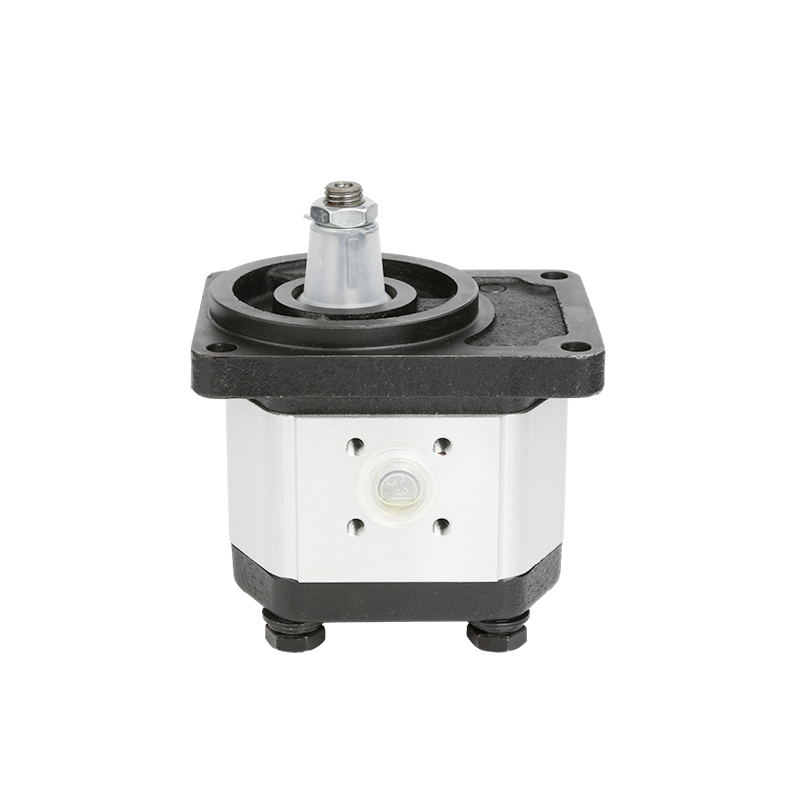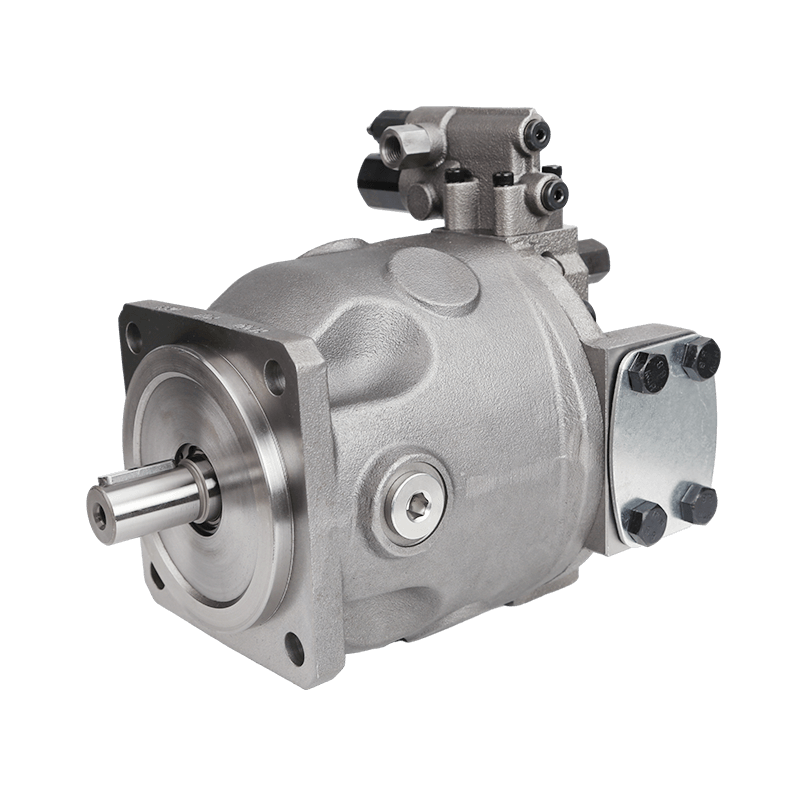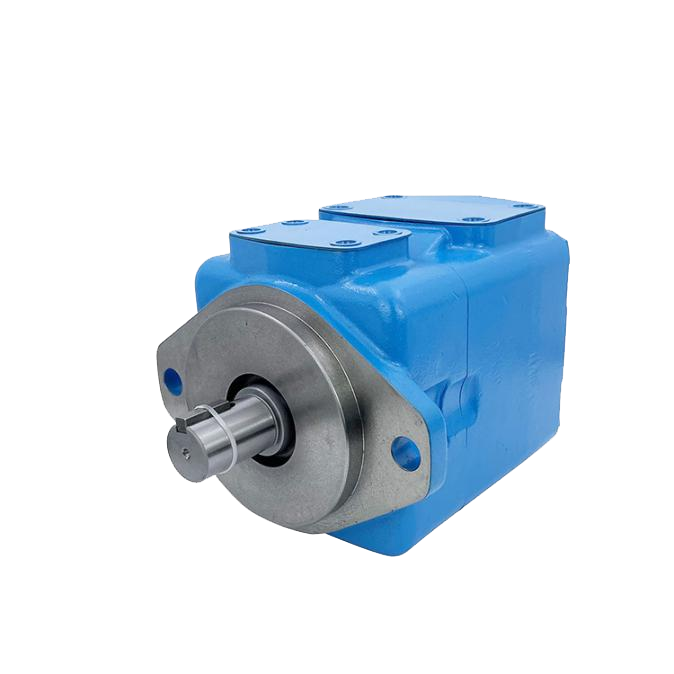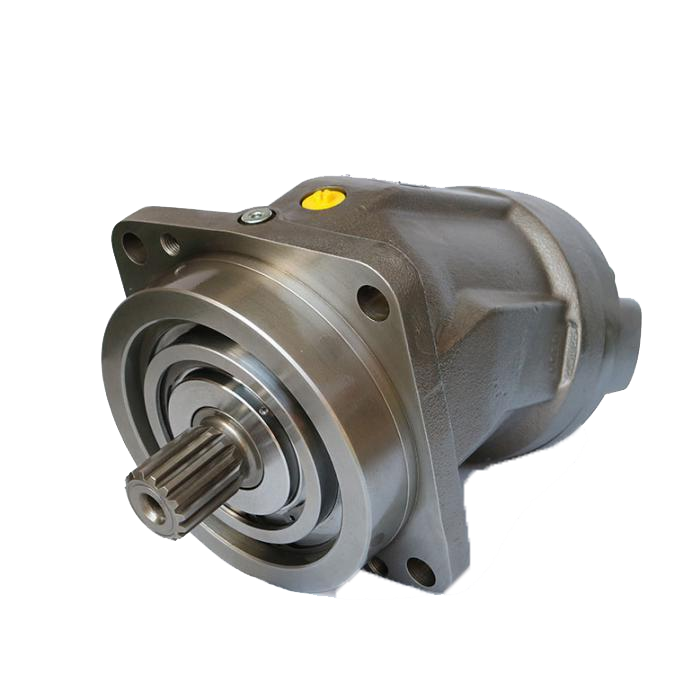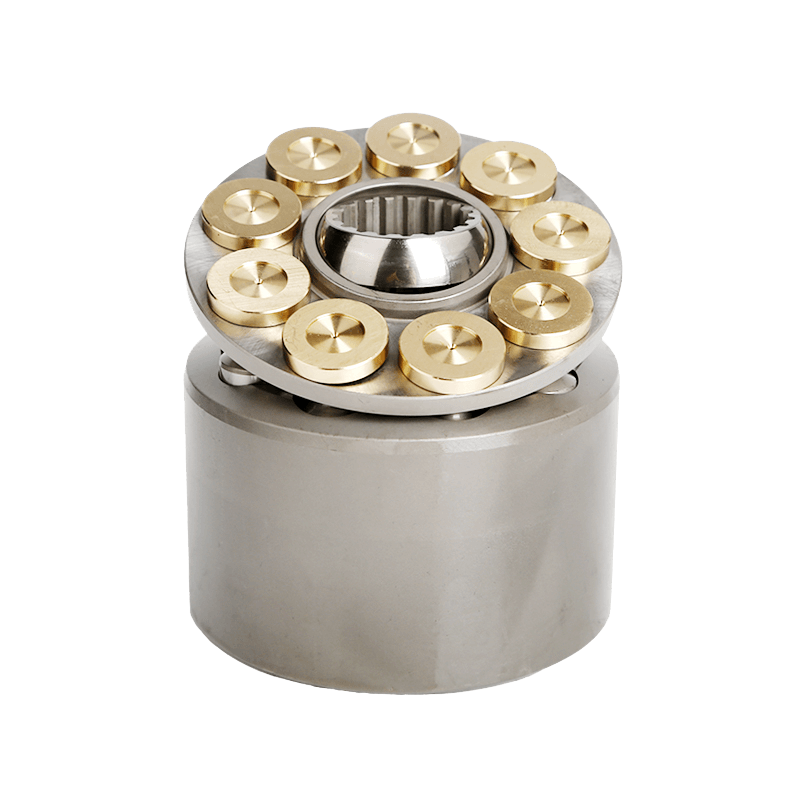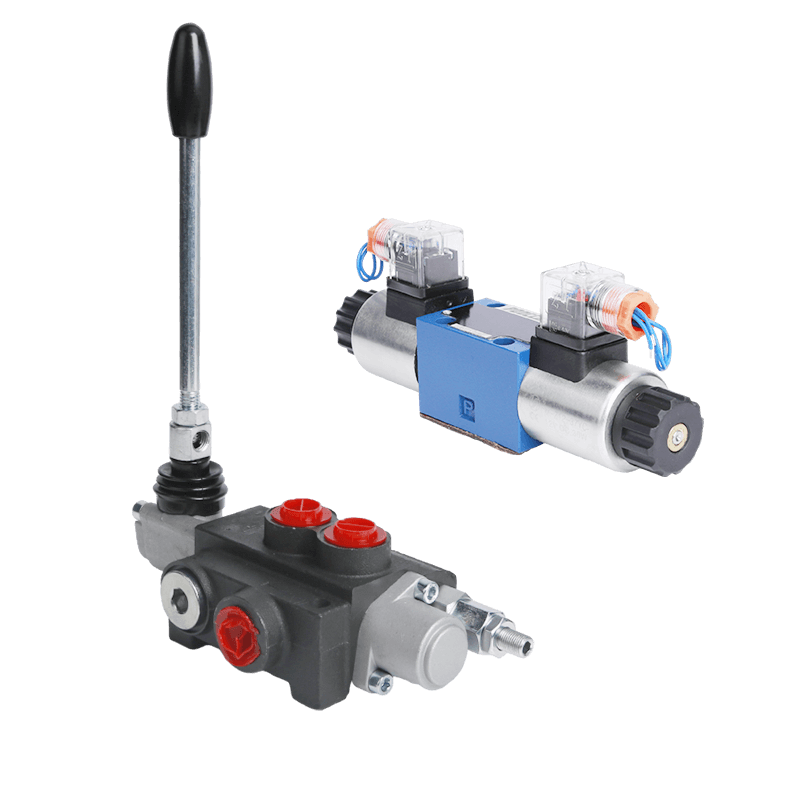Basics of Directional Control Valves
Definition and Purpose
Directional control valves guide the path of fluid in a hydraulic system. They decide where the fluid goes in a circuit. This affects how parts like cylinders and motors move. By opening, closing, or switching paths, these valves help machines do exact tasks.

Types of Directional Control Valves
Directional control valves come in different styles for various jobs and settings.
Spool Valves
Spool valves use a round spool that slides in a chamber. The spool has ridges and grooves to manage fluid flow. When it moves, it opens or blocks holes in the valve body. This directs the fluid where needed.
Poppet Valves
Poppet valves work with a plug-like part called a poppet. It moves in or out of a seat to let fluid pass or stop it. They’re used where fast action and high flow are needed.
Rotary Valves
Rotary valves have a spinning part that lines up inner paths with outer holes. They’re good for jobs needing constant or circular motion.
Lever Valves
Lever valves are controlled by hand. A lever’s position directs the fluid flow. You’ll see them in mobile machines where the operator needs to control movement.
Pilot Operated Valves
Pilot operated valves use a small pilot valve to run a bigger main valve. This setup gives precise control over fluid flow.
Working Principle

How directional control valves work depends on their type. They have an inner part, like a spool or poppet, that moves when triggered. This opens or closes paths in the valve body. It sends fluid from one hole to another. Triggers can be levers, solenoids (electric), air pressure, or hydraulics.
Importance in Hydraulic Systems

Control and Functionality
Directional control valves are key for exact control in hydraulic systems. They let operators start, stop, or change motion. This is vital for almost all hydraulic tasks. From lifting with cranes to moving robotic arms in factories, these valves make it happen.
Safety and Efficiency
Well-working directional control valves keep hydraulic systems safe and smooth. They make sure fluid goes only where it’s needed. This stops unwanted moves that could break machines or hurt people. They also save energy, making systems work better.
Versatility and Adaptability
Directional control valves are super flexible. They work in simple setups with two positions or complex ones with many spools for multiple tasks. They can be tailored to fit specific system needs.
Applications Across Industries
Manufacturing and Automation
In factory lines, directional control valves help run robotic arms, conveyors, presses, and other machines. They’re used in hydraulic presses, robotic systems, assembly lines, and material movers.
POOCCA’s P120 Manually Operated Valve is a great example. It’s used in industries like manufacturing, construction, farming, aerospace, and automotive. This small valve gives strong manual control with pressures up to 3625 PSI.
Construction and Heavy Equipment
Big machines like excavators and bulldozers need tough hydraulic systems with strong directional control valves. These valves help with digging, lifting, leveling, and safe work under heavy loads.
POOCCA’s P40 P80 P120 Directional Hydraulic Control Valves are flexible for such machines. They offer 1–7 spools with pressures up to 315 bar. They’re used in tractors, lawn mowers, cranes, and more.
Agriculture and Forestry
Modern farm machines use advanced hydraulics for plowing or harvesting. Directional control valves help with steering, lifting, and running attachments. In forestry, where tough conditions are common, these valves keep logging equipment running smoothly.
POOCCA’s gear pumps, like SGP2 Series Gear Pump, support these machines well. They have features like axial clearance compensation and strong aluminum parts. They’re used in civil construction, forklifts, and industrial vehicles.
Transportation and Mobile Equipment
Hydraulic systems in vehicles, like buses with wheelchair lifts or trucks with dump beds, rely on trusty directional controls. These valves ensure smooth action without delays.
In mobile platforms like aerial lifts or rescue vehicles, precise valve tech is key for quick action under changing loads.
Future Trends and Innovations
Hydraulic tech is getting smarter with electronics for better tracking and automation. New ideas, like proportional control valves, give variable flow based on signals, not just open or closed states. This is changing how industries handle motion control.
Manufacturers like POOCCA put big effort into research. Their 8,000-square-meter facility uses CNC gear grinders and computer-controlled testing machines. This helps make precise, future-ready solutions.
Contact POOCCA for Your Directional Control Valves Needs

If you want high-quality directional control solutions, POOCCA Hydraulic (Shenzhen) Co., Ltd. is your go-to. Started in 2006, we work in over 100 countries. We’re a full-service hydraulic company. We focus on research, making, and selling pumps, valves, and motors. We support industries from farming to aerospace with our one-stop service.
Our team has over 300 pros, including 70 sales experts, ready to help. For custom advice or help picking the right directional valve setup, contact our sales team. Let us help you build safer, faster, and smoother hydraulic systems today.

